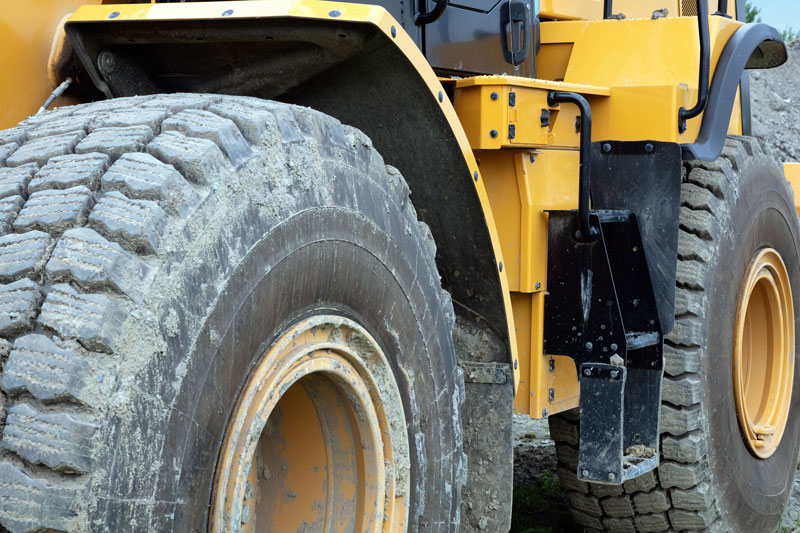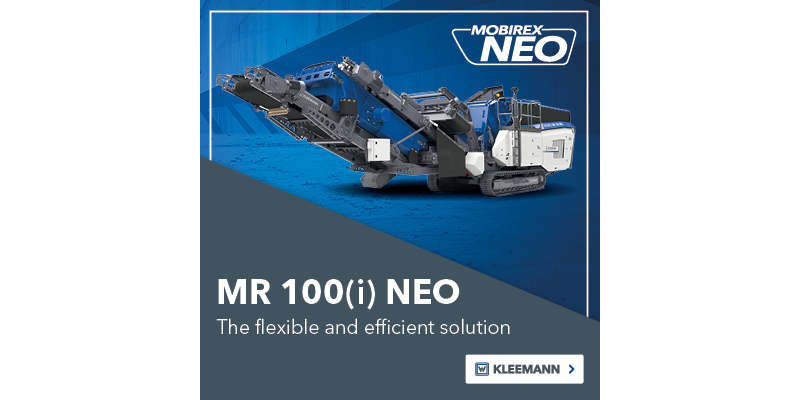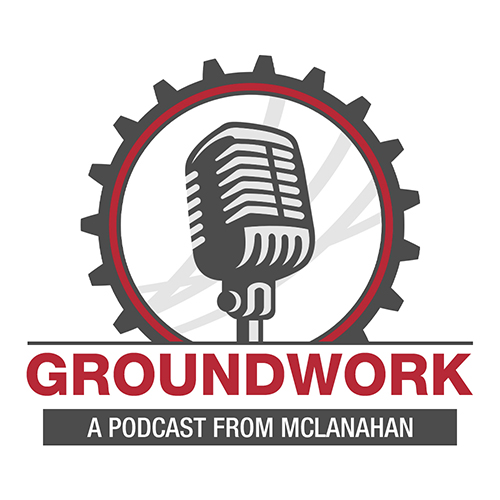Tire care is an important part of protecting an aggregate operation’s bottom line.
Tires are a major investment for equipment, so it’s essential to take care of them properly. Downtime costs money, and a little maintenance can lead to huge savings in the long run.
It’s just as important for a small contractor as it is a large corporation to maximize the operating costs of their equipment and improve their bottom line.
Specifics
Besides cost savings, a good tire maintenance program leads to safer and better-performing tires.
Tire abuse and misapplication are leading causes that decrease the life of a tire. Creating daily practices to check tires and equipment – and then incorporating regular maintenance programs – can help to prevent failures and keep equipment running.
Before beginning the job, operators should pay attention to the conditions of the terrain and their application to be sure the tires they’re using are the correct type. It’s critical to select tires that handle the weight capacities, haul speeds and temperatures of each job.
Before beginning work each day, operators should walk around equipment to check for lodged debris, uneven tire wear, cuts, cracks, bulges and low air pressures. These minor checks can save unnecessary delays and address problems before they happen.
Tire tracking systems can also help to extend tire life, and there are several different ways to record the performance of your tires. Some companies calculate the cost per hour by recording the mounting hours on and off while others track this same cost by tracking mileage on and off and calculating cost per mile.
Still, yet others calculate total tons of material moved, or cost per ton, within a certain period of time.
No matter which tracking method is used, it is important to constantly monitor the conditions the tires are operating in and any changes that may occur.
Also, checking for the correct tire pressure each day is critical to tire maintenance. A calibrated tire pressure gauge is always recommended, but some tire vendors are providing monitoring systems to track tire pressure that send regular reports and alerts when action is needed. Drivers should also follow the speed ratings for the tire to avoid issues and prevent road hazards.
Additionally, many tire companies offer services to analyze the operations of companies in order to better understand their equipment needs and the best solutions. Monitoring systems use GPS, accelerometers, video cameras and data loggers during site visits to record information regarding haul roads, distances, cycle times and speed.
This information can be combined with a customer’s production data to calculate which tires will perform the best under the given conditions. It also helps to assess which tire pattern and compound will provide the longest life and best resistance to cuts or heat.
Final thoughts
Everyone benefits from a proper tire maintenance program. This leads to a more efficient and productive operation.
In the long run, tires that are well maintained will operate the safest and cheapest.
Information for this article courtesy of BKT USA.
Related: OTR, P.S.I. partner on tire pressure monitoring system












